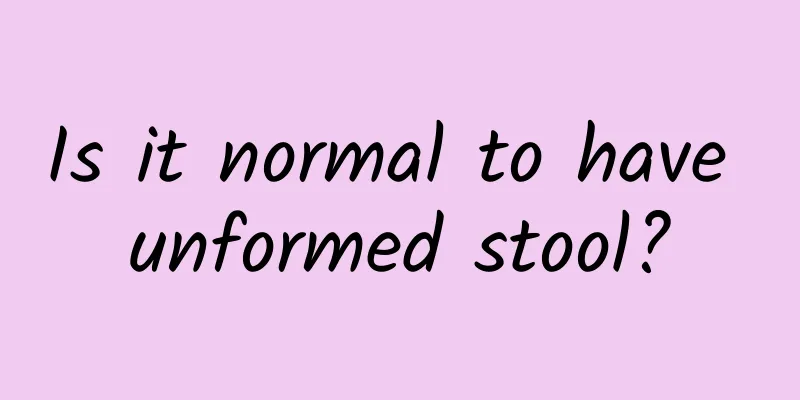What are the symptoms of folliculitis on the face?

|
Folliculitis is a disease that the human body is more susceptible to, and it can also appear on the face. When a person suffers from folliculitis on the face, there will be many adverse symptoms, such as redness and swelling of the affected area, red pimples, itching, pain, etc. When facing this disease, people need to pay special attention to it and understand its symptoms so as to avoid not knowing it when they suffer from this disease. Here are the symptoms of folliculitis on the face. Symptoms of Folliculitis Folliculitis is an inflammation limited to the upper part of the hair follicles due to the invasion of pyogenic cocci at the opening of the hair follicles. It can be divided into purulent folliculitis and non-purulent folliculitis. People with low immunity and diabetes are at high risk of this disease. Generally speaking, it is prone to occur on the head and neck. When folliculitis first starts, it is a red, solid papule, which then quickly develops into a papular pus, and then dries and forms a scab on its own. No trace will be left after the scab falls off. Therefore, folliculitis is actually a disease that can heal itself, and it will improve on its own after a period of time even without treatment. Folliculitis causes more rashes, but they do not merge with each other. Folliculitis mostly occurs in adults. In addition to the head and neck, it can also occur on the buttocks and vulva. It will cause conscious itching or mild pain, and generally no systemic symptoms will occur. When the rash first appears, it appears as a needle-sized red follicular papule, which will slowly develop into millet-sized pustules with hair passing through the middle. Inflammatory red halos will appear around the hair. Most pustules appear in batches and do not merge with each other. After the pustules rupture, scabs will form, and the disease will heal after the scabs fall off, leaving no trace. Folliculitis often occurs on the head, but other hairy parts of the body may also be affected. Since folliculitis occurs in different parts of the body, its manifestations vary. For example, if folliculitis occurs on the head, hair loss spots ranging from rice grains to fingernail sizes may appear after recovery, and the affected area will no longer grow hair. This is usually called alopecia areata folliculitis. Some folliculitis are clustered, and their deep parts are interconnected and fused into pieces, which is called perforating folliculitis. If folliculitis occurs in the occipital region, it often proliferates and forms papillary nodules due to its special location, which is called papillary folliculitis or occipital nodular folliculitis. When folliculitis first occurs, it is often scattered, shaped like a grain of rice, and appears as bright red or dark red follicular papules. The center runs through the hair, and there is an inflammatory red halo around the edge. It then quickly turns into pustules, but does not merge with each other. When the abscess ruptures or the hair inside it is pulled out, a small amount of pus and plasma may be discharged, but the local inflammation gradually subsides without leaving any scars. |
<<: What to do with eyebrow folliculitis?
>>: Why does folliculitis occur?
Recommend
Can pregnancy test kit detect pregnancy on day 10?
Pregnancy is usually confirmed through a pregnanc...
Blood Angelica Effects and Pictures
Generally speaking, everyone may feel unfamiliar ...
What to drink to prevent colds
Colds are the most common and common disease symp...
What is a bone spur?
As people age, their joints begin to become less ...
For the treatment of acute gout, these three drugs can be selected
Gout is currently the key cause of hemiplegia for...
How to remove black tartar from baby's teeth
When black plaque appears on baby's teeth, it...
What causes lack of breath?
Do you always feel that you don’t have enough ene...
Chinese herbal medicine for liver disease
Liver disease is particularly harmful to patients...
Who is not suitable for Xiao Jianzhong Decoction?
Xiao Jianzhong Decoction is the name of a Chinese...
Can boiled Chinese medicine be frozen?
Traditional Chinese medicine is a traditional med...
What to do if you feel stomach discomfort after medical abortion
Medical abortion will have certain side effects. ...
Symptoms of coagulation disorders
Coagulation dysfunction is a relatively common di...
Why is the newborn's stool sticky and stringy?
Constipation can also occur in breastfed babies, ...
What is the cause of the white gelatinous substance in the ejaculation?
Men will have sex regularly after marriage. Howev...
What is the cause of cesarean section incision diverticulum?
Caesarean section incision diverticulum is a phen...









